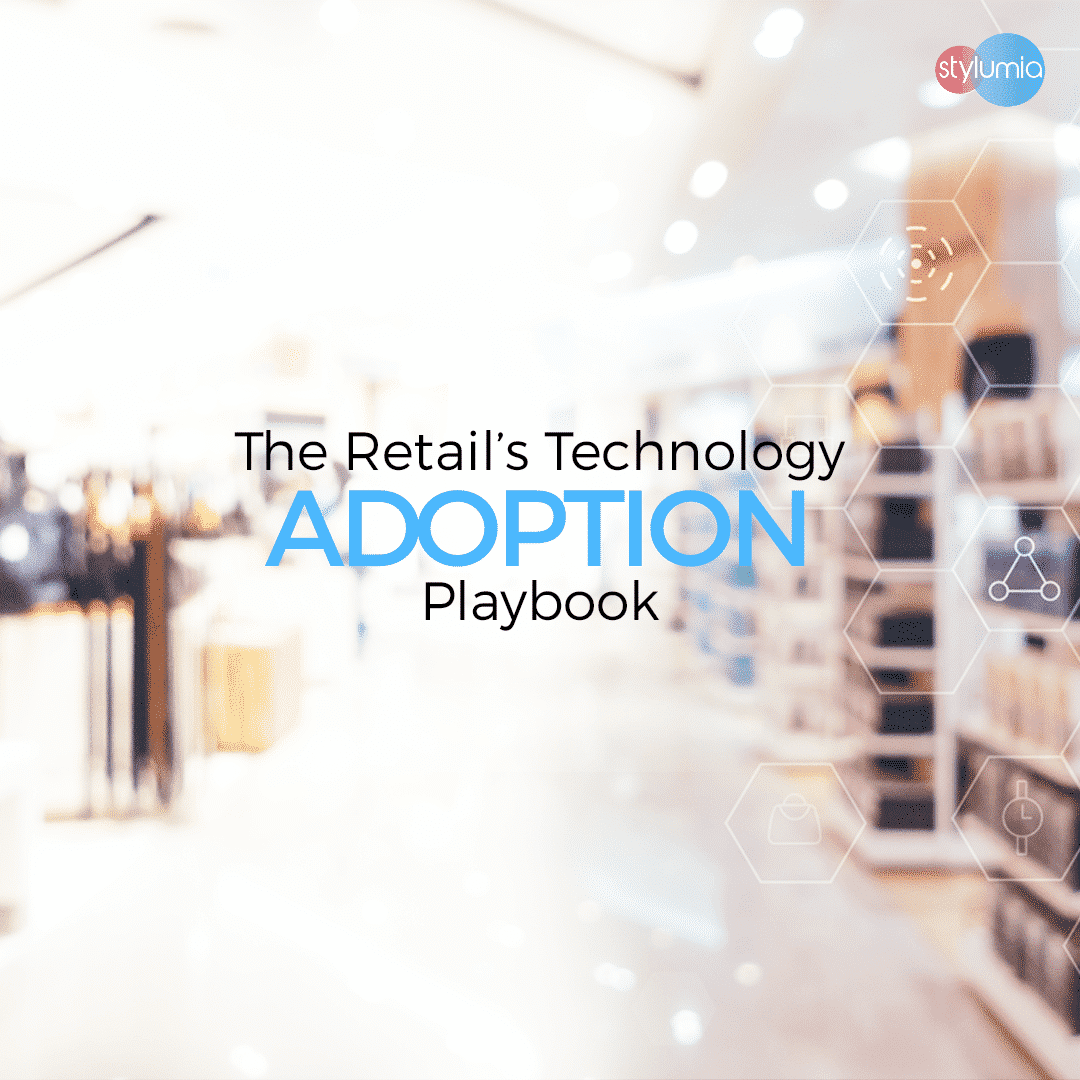The Retail’s Technology ADOPTION Playbook

Future belongs to those who augment and adapt intelligence (technology adoption) and work synergistically with machines of all forms in this 4th industrial revolution (A technological revolution that is blurring the lines between physical, digital and biological spheres – Klaus Shwab).
Do you recall an experience of you driving a technological change in your workplace and you either had difficulty in adoption or did not succeed? You may also recall an experience where it succeeded. I am not talking about transaction systems. I am talking about intelligent decision support systems. If you have not implemented one yet or if you have, this edit is an insight into what would increase the probability of you making it work for the organization.
A typical intelligence system would have the following components.

Intelligence augmentation is accomplished through data inside the organization + data acquired from outside + human intervention/judgement + feedback from actions and models processing them on an ongoing basis to provide new inputs for action through prediction and/or optimization.
Would you ever use Google Map if you know exactly where you are going and what the best way?
The answer is No.
Google Map is an intelligent system/ model. You use it when you are not sure of the location or not sure of the best route to take at that time. This means we all need an intelligent system/model when there is uncertainty. The purpose of the model is to predict an optimal outcome.
Isn’t the fashion and lifestyle retail full of uncertainties?
This establishes a clear need of models and the question is how do we go about implementing/adapting them?
How do you prepare yourself and the organisation for it?
Here are some research-backed insights from MIT on Models and Managers (Algorithms and Human, courtesy – John D.C. Little). We will refer to people as Managers and Models for Intelligent systems through this edit.
A manager tries to put together the various resources under his control into an activity that achieves his objectives. A model of his operation can assist him but probably will not unless it meets certain requirements. A model that is to be used by a manager should be simple, robust, easy to control, adaptive, as complete as possible, and easy to communicate with.
By simple is meant easy to understand; by robust, hard to get absurd answers from; by easy to control, that the user knows what input data would be required to produce desired output answers; adaptive means that the model can be adjusted as new information is acquired; completeness implies that Important phenomena will be included even if they require judgmental estimates of their effect; and, finally, easy to communicate with means that the manager can quickly and easily change inputs and obtain and understand the outputs.
Each one of these principles in detail,
# Simple
Simplicity promotes ease of understanding. Important variables to be put in the model and unimportant left out. There is always pressure to put more and more into the model. This should be resisted, at least until people demonstrate they understand and use relatively simple models.
# Robust
This is ensuring that a structure is put in place for the model to deliver sensible values.
#Easy To Control
A user should feel he/she is part of the model outcome with provisions of inputs and manage the output.
# Adaptive
The model should continuously evolve as information builds up.
# Complete
Some variables may be subjective and it will be good for the models to give the flexibility for the manager to decide or take into account the subjectivity.
A sample outcome of an interface that incorporates most of these principles is…

As it is evident, working with models needs growth and an experimental mindset of continuous improvement. There is a clear role for the model maker (internal within the company and external – vendor) to make the model considering all of the above attributes in mind. If there needs to be an education required for the manager, it must be done. Mistakes are part of a learning process as long as it is done in chunks where the business impact is minimal.
While taking a model to the practising manager looks interesting and quick, it is important to consider that all innovations need some incubation and an orchestrator who work with the innovation and mainline Business arm. We had an earlier edit with an approach called “FOONSHOT: Winning with your FASHION MOONSHOTS”, which talks about the importance of organisation structure in implementing any innovation. It is important for the technology developer to also understand the principles and build solutions.
At Stylumia, we are on a continuous learning journey, over the last 3 years we have seen, there is a need to impart and develop skills in working with decision systems. Most of the educational systems teach working with tools where the creation is completely owned by the user. In the decision systems, there is an equal or more role for the model along with the user. This needs the understanding of models, the collaboration required, and the route to building trust. It is envitable for us to be partnering with machines to augment human intelligence to serve customers better and stay relevant in the time to come.
In this context, we have started collaborating with educational institutions in the curriculum, so that we enable future leaders as they are developing. With our clients, and in our product development, we are constantly working on incorporating all the principles above so that managers feel the model is theirs.
Our solutions enable fashion and lifestyle brands and retailers to be fully ready for the 4th Industrial revolutions by helping them predict where there are uncertainties and set them up for success. Here is a GIF providing an outline view of our solutions (Intelligence Interventions) in the fashion and lifestyle supply chain.

If you are interested in transforming your product decisions by embedding intelligence and take decisions with confidence in uncertainties, please reach out to us to make your business future-proof and before it is too late.



